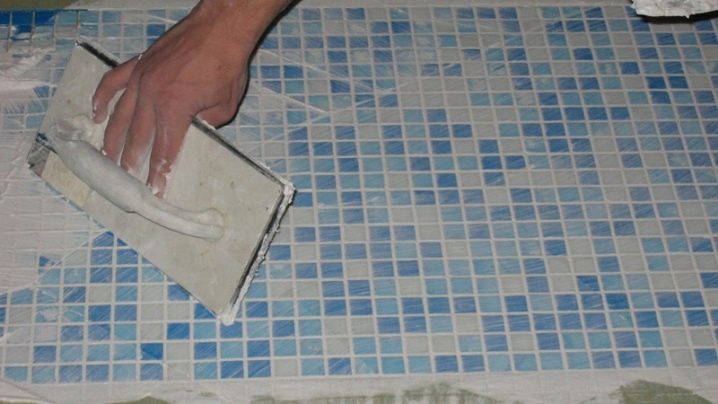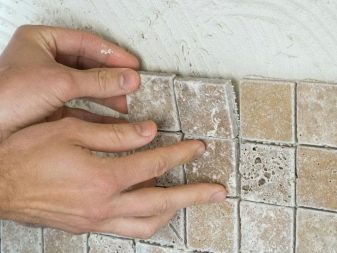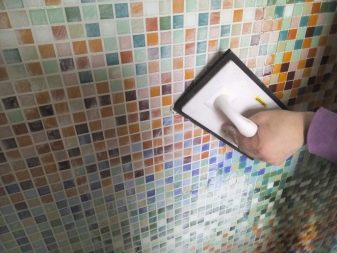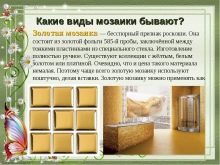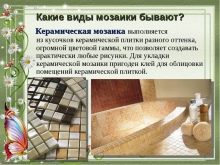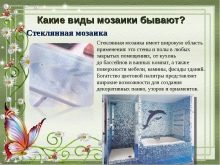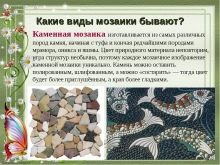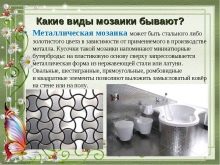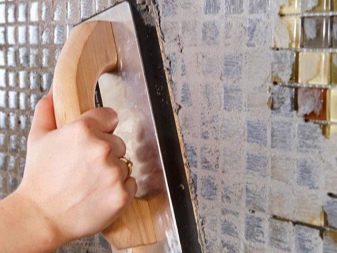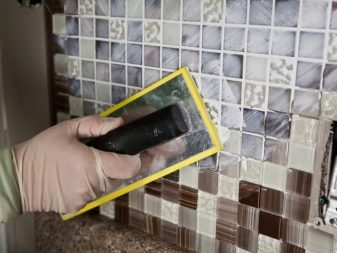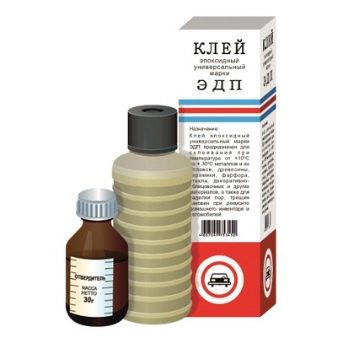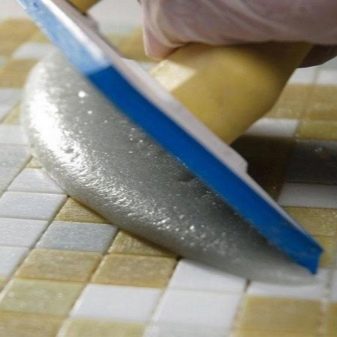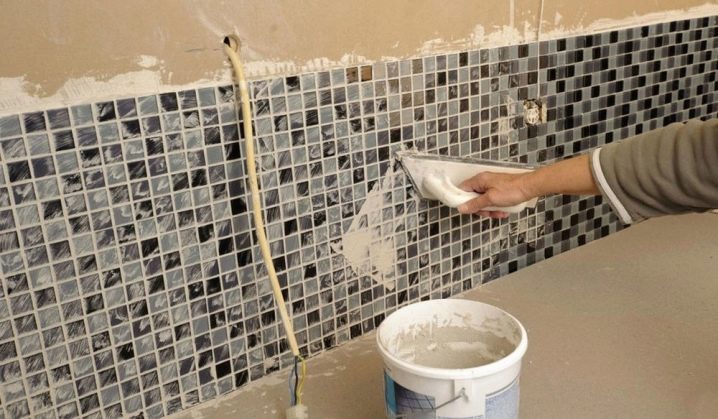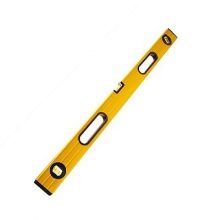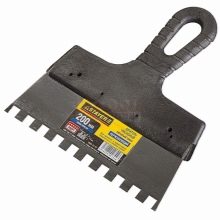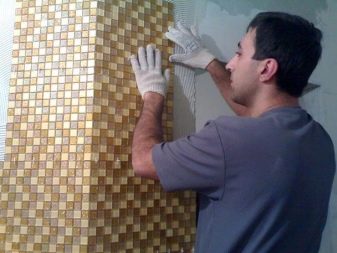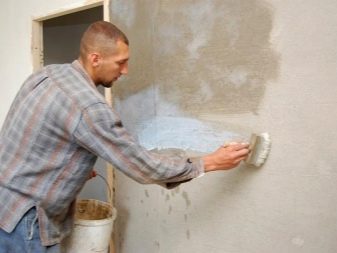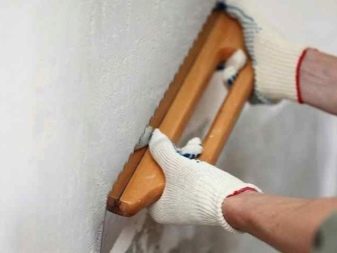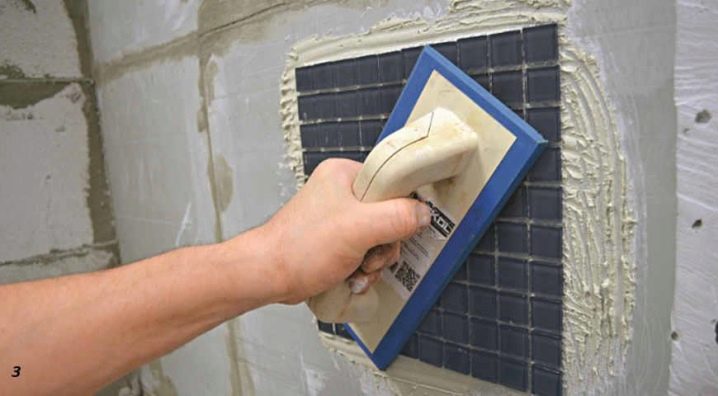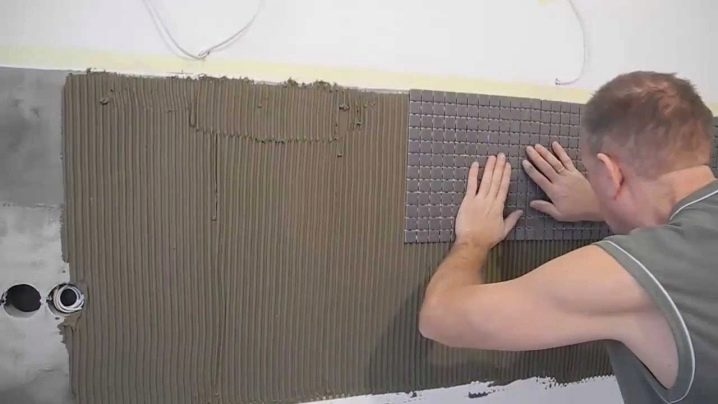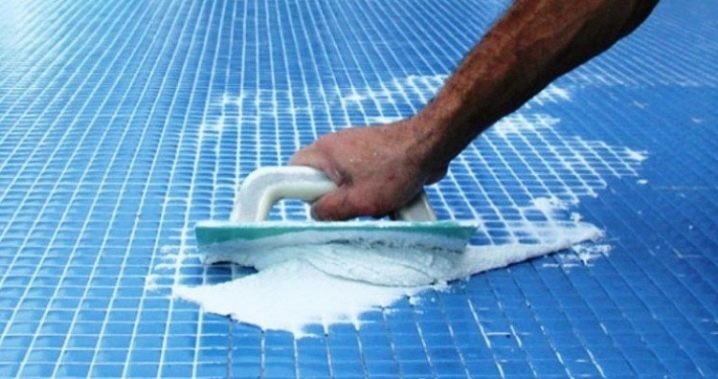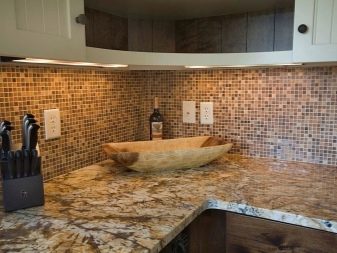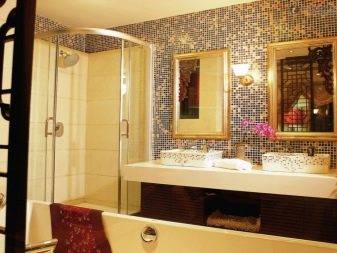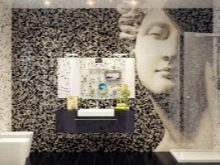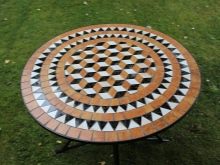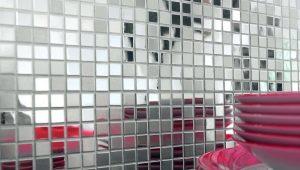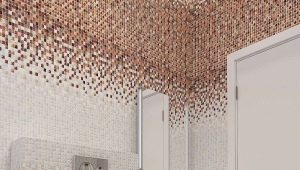How to glue the mosaic?
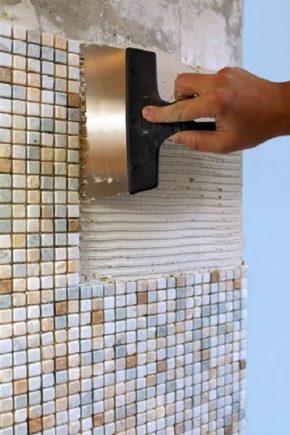
In recent years, mosaics have often been used during the finishing work of bathrooms or kitchens. This material helps to create a unique style in the interior and advantageous to beat his personality. Before you decide to work with such material yourself, you should learn about its features, types and all the subtleties of styling. This is what the material is about.
Special features
Mosaic is a special kind of facing material. This tile consists of small elements, so that it looks special in the interior. In appearance, this is a regular rectangular tile that has a different base, thanks to which all small segments stick together. The base can be made of mesh, paper or silicone. Due to it, you can easily mount tiles.
The main feature of this material is that it can be used independently (to create a continuous laying over the entire surface). In addition, it is suitable for partial decoration of surfaces. It can be used as decorative fragments, combining a mosaic with ordinary tile or some other finishing material. Mosaic tiles are often used for cladding baths or sinks, after which boring plumbing objects begin to play with new colors, becoming the center of attention in the interior.
This type of tile is durable and easy to maintain.
Kinds
Today, global manufacturers and well-known brands offer a very wide selection of mosaic tiles.
There are different tiles on sale (tiled, decorative, marble, glass, mirror, gold):
- The most popular type is tiled or ceramic tiles. As with conventional tiles, the mosaic surface is different. It can be matte, glossy, rough, pearlescent surface. The color palette pleasantly surprises, allowing you to choose not only classic shades, but also interesting color combinations.This type of tile can be used in a variety of areas. It is used for decoration of ceilings, walls or floors, decoration of the facade, fireplace. The material is very versatile, so it is in great demand.
- Glass Mosaic has been very popular since ancient times. Such a finishing material is durable and impact resistance. The color of this tile may be different. During its manufacture, glass melt is painted in different shades. This material will look great in the bathroom.
- Stone The mosaic today is made of different types of stones. It can be granite, marble. The uniqueness of this material lies in its texture, thanks to which it is possible to create unique elements of decor. This type of tile is often used to decorate the floor, it allows you to create even a stone carpet.
- Mirror the mosaic is used in case you want not only to give a certain highlight to the room, but to visually expand it. This material is completely safe for health, like everyone else. In addition, such tiles are easy to install.
Just take care of her with the help of modern tools.It looks in the interior is very original.
Glue selection
It is on the correct choice of glue depends on the quality of attachment to the surface, as well as the final result of the work itself. When choosing an adhesive, you should consider the material from which the tile is made. An important role is played by the thickness of the cladding material, its transparency. You can choose a special glue that is sold in every hardware store and is intended for all types of mosaics.
As a rule, such glue contains sand, due to which it has a gray tint. This type of glue is suitable if the material is opaque and glues on the usual surface (floor or wall). If the mosaic is transparent, it is better to pay attention to the glue with a similar composition and white color.
Such glue can be used during the installation of glass material.
Epoxy glue is one of the more reliable. It can be used for cladding those surfaces that will be subjected to frequent use. For example, for laying the floor often use this glue.
You can pay attention to the hard or deformative composition:
- The first option is allowed to use for concrete or brick surfaces. As a rule, this glue is chosen for the walls.
- Deformative will be needed if the house is subject to frequent fluctuations (for example, if a railway line passes by). This type is suitable for finishing surfaces that are subject to temperature changes.
Consumption
Correctly calculate the consumption of glue for the selected surface is easy. In the event that you have already purchased a glue for the installation of a mosaic, it is sufficient to carefully study the instructions, which usually contain all such nuances. To make an approximate calculation of glue consumption, you can multiply half the thickness of the selected tile by the average glue consumption. (1,3). As a result, you will get a result for the consumption of 1 square. m. As a rule, the average consumption of glue is from 1 to 2 kg.
It is important to consider the thickness and dimensions of the material itself: the larger the plate, the thicker the layer of glue should be. For example, for a tile measuring 30 x 30 cm, a layer of glue over 4 mm is needed.
Required tools
The choice of tool depends on the thickness of the selected mosaic tile. Usually the standard list includes a spatula, trowel for a set of glue. Often, experts use a notched trowel in the work. It allows you to distribute glue more uniform layer, removing its surplus.In addition, you will need a building level and a special tool so that you can smooth the tile later.
As such inventory, you can take the usual roller.
Styling nuances
Laying the mosaic is not as difficult as it may seem at first glance. However, without preliminary preparation of the foundation, the result will be much worse.
Surface preparation
Before starting any facing work, we recommend that you properly prepare the surface. First, the surface must be cleaned of debris and small dust particles. This can be done with a paint brush or any large brush.
The mosaic should be laid on an exceptionally flat surface. To achieve this, you need to remove the old coating. Then level the base, getting rid of gouges, chips, holes, and even small cracks. They can also affect the final form of the finished lining. After the starter coating is dry, it is trimmed and covered with a layer of soil. It is needed to enhance the adhesion of the mosaic with a prepared base.
You can glue the finish only after the primer has dried.If you do this earlier, you can disrupt the formation of a crystal lattice formed from the soil during the drying process.
If the surface requires special leveling, the plaster mixture is applied in several layers. In an attempt to save time, you can lose quality training. A thick layer of plaster will fall off with the mosaic already in the first year after repair. In addition, it will crack, which will lead to the issue of dismantling the mosaic.
How to stick?
Small mosaic fragments are often kept on the grid. Sticker such a fragile material requires extreme care and accuracy. If the grid is not present, it is necessary to pre-lay the fragments on the floor. Especially this process is required when the mosaic has a certain pattern. It is necessary to glue the fragment behind the fragment to the surface. The technique of sticking mosaics is laborious and requires accuracy.
When there is a grid, the workflow is simplified. Usually it represents the squares assembled on a silicone base. It remains for the master to apply glue to the base, then apply, observing the level of gluing.
To trim the elements, usually on top of the lining rolled with a roller.
Stick on drywall, wooden surface, the base of chipboard, window sill or plywood such tiles, too, can be. The main thing is that the base should be prepared, primed and cleaned. Glue the mosaic, starting from the bottom. To smear the reverse side of the tile is optional. Enough of the glue that will be on the wall. In no case can not press down on top, trying to better fix. If you have to cut the mosaic, try to use these fragments in the laying of corners and other places that are not so visible.
Finishing
After you complete the mosaic installation process, you can proceed to the finish. Thoroughly clean any glue residue. It is recommended to give the surface a little dry and only after to proceed to the final stage: grouting. You can use a grout based on latex, epoxy or liquid glass. It is worth paying attention to epoxy grout, which is most often used in rooms with high humidity. Liquid glass can be considered a universal grout.
It is necessary to choose the grout, which is composed of small particles with glitter, they will give the overall appearance of the tiles original look.
Beautiful examples in the interior
- Mosaic can be used in the interior of almost any room. For example, you can make an apron in the kitchen, choosing a shade lighter or darker than the overall color of the tile used.
- Color or mirror mosaic can be a beautiful frame of a mirror or even a whole picture.
- In the interior of any room, bedroom or living room looks great "pixel" styling. You can give free rein to the fantasy and very effectively decorate the wall of your favorite room.
- Furniture in a mosaic finish, for example, a coffee table, looks original.
- You can create a whole panel on the wall with tiles. It all depends on your ability and desire to bring something unusual into the interior of your house.
You can learn how to put a mozayka with your own hands by looking at the video below.
